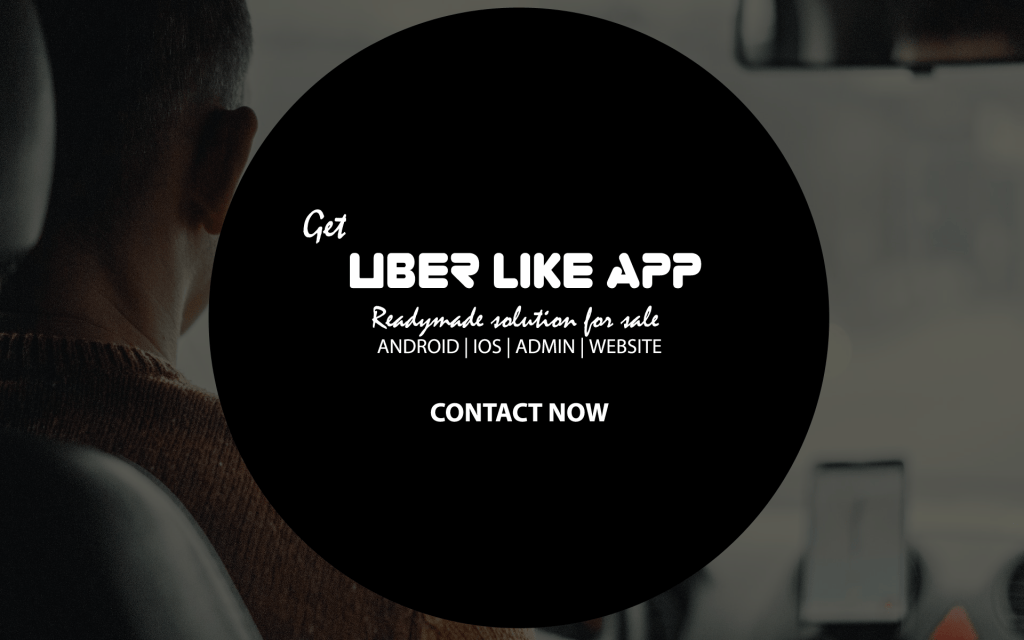Introduction
With the rapid growth of technology, roadside assistance apps have become increasingly popular among drivers. These apps offer a wide range of services that are designed to help drivers in case of any vehicle-related emergency. While these apps can be incredibly useful, they also come with their own set of pros and cons. In this article, we will explore the advantages and disadvantages of roadside assistance apps.
Pros of Roadside Assistance Apps
- Convenience
One of the biggest advantages of roadside assistance apps is the convenience they offer. With just a few taps on your smartphone, you can easily request assistance and get help quickly. This is especially useful in situations where you are stranded on the side of the road and need immediate help.
- Quick Response Time
Roadside assistance apps are designed to provide quick response times. When you request assistance, the app will immediately connect you with a nearby service provider who can help you with your problem. This means that you can get help quickly and get back on the road as soon as possible.
- 24/7 Availability
Roadside assistance apps are available 24/7, which means that you can get help at any time of the day or night. This is particularly useful if you are traveling long distances and need assistance in the middle of the night.
- Wide Range of Services
Roadside assistance apps offer a wide range of services that can help you with a variety of vehicle-related problems. These services can include jump-starting a dead battery, changing a flat tire, towing your vehicle, and even providing fuel delivery.
- Cost-effective
Roadside assistance apps can be a cost-effective alternative to traditional roadside assistance services. With many apps offering free membership or pay-as-you-go options, you can choose the option that best fits your budget.
Cons of Roadside Assistance Apps
Roadside assistance apps have become increasingly popular over the years. These apps allow drivers to quickly and easily get help in the event of a breakdown or accident. While roadside assistance apps have their advantages, there are also several cons to using them. In this article, we will explore the downsides of roadside assistance apps.
- Limited Coverage Area
One of the main drawbacks of roadside assistance apps is their limited coverage area. Most of these apps only work in certain regions or states. This means that if you are traveling outside of the coverage area, you may not be able to access the services offered by the app. This can be a significant problem if you are traveling long distances or frequently move between states.
- Dependence on Technology
Another major downside of roadside assistance apps is their dependence on technology. These apps require a stable internet connection and a smartphone to work properly. If your phone’s battery dies or you lose your phone, you may not be able to access the services provided by the app. This can be particularly concerning if you are in an emergency situation and need help urgently.
- High Cost
Roadside assistance apps can also be quite expensive. While some apps offer basic services for free, others charge a monthly or yearly subscription fee. The cost of these apps can quickly add up, particularly if you require frequent assistance. This can be a significant burden on those on a tight budget.
- Delayed Response Time
Another potential issue with roadside assistance apps is the delay in response time. While these apps aim to provide quick and efficient service, there may be delays in receiving assistance. This can be due to factors such as heavy traffic or a shortage of available service providers in the area. In some cases, it may take hours for help to arrive, which can be particularly frustrating and stressful for drivers in need.
- Limited Services Offered
Roadside assistance apps also have limited services compared to traditional roadside assistance programs. For example, some apps may only offer towing services or battery jump-starts, while others may not provide emergency medical assistance. This means that if you require specialized help, you may need to seek out alternative services or programs.
- Security Concerns
Finally, there are also concerns around the security of roadside assistance apps. These apps require drivers to provide personal information such as their name, phone number, and location. This information can potentially be accessed by hackers or other unauthorized parties, which can lead to identity theft or other security breaches.
About roadside assistance mobile app development
Roadside assistance apps have become increasingly popular in recent years, providing drivers with quick and easy access to help in the event of a breakdown or accident. If you’re considering developing a roadside assistance app, there are several factors to consider. In this article, we’ll discuss the key considerations for developing a successful roadside assistance app.
- Define Your Target Audience
The first step in developing a roadside assistance app is to define your target audience. Who are you developing the app for? Are you targeting a specific demographic, such as young drivers or seniors? Are you targeting drivers in urban or rural areas? Understanding your target audience will help you tailor your app’s features and marketing efforts to meet their needs and preferences.
- Identify Key Features
The next step is to identify the key features of your roadside assistance app. Common features of roadside assistance apps include:
- Towing services
- Battery jump-starts
- Flat tire repairs
- Lockout assistance
- Fuel delivery
- Emergency medical assistance
You may also want to consider additional features such as:
- Location tracking
- Driver safety tips
- In-app payments
- Integration with other services such as car rental or auto repair shops
By identifying the key features of your app, you can ensure that it meets the needs of your target audience and stands out from competitors.
- Choose a Technology Platform
There are several technology platforms available for developing roadside assistance apps, including iOS, Android, and web-based applications. Each platform has its advantages and disadvantages, so it’s important to choose the platform that best meets your needs and those of your target audience.
iOS apps are typically more secure and have a higher level of user engagement, but they can be more expensive to develop. Android apps have a wider reach and are more customizable, but they may not provide the same level of user engagement as iOS apps. Web-based applications can be accessed from any device with an internet connection, but they may not offer the same level of functionality as native apps.
- Develop a User-Friendly Interface
A user-friendly interface is essential for any successful app, and roadside assistance apps are no exception. Your app’s interface should be simple and intuitive, making it easy for users to access the services they need quickly and efficiently. Consider using clear and concise language, large buttons, and a minimalistic design to enhance the user experience.
- Ensure Smooth Functionality
In addition to a user-friendly interface, your app must also function smoothly and efficiently. This means ensuring that all features work as intended, and that the app is stable and reliable. Consider performing rigorous testing and quality assurance to identify and fix any bugs or glitches before launching the app.
- Secure Sensitive Information
As mentioned earlier, roadside assistance apps require drivers to provide sensitive information such as their name, phone number, and location. It’s important to ensure that this information is kept secure and confidential to prevent identity theft and other security breaches. Consider implementing encryption and other security measures to protect user information.
- Partner with Service Providers
Partnering with service providers is an essential aspect of developing a successful roadside assistance app. You’ll need to establish partnerships with local towing companies, auto repair shops, and other service providers to ensure that your app can provide the services users need in a timely and efficient manner. Consider offering incentives or commission to service providers to encourage them to work with your app.
- Offer Competitive Pricing
Pricing is an important consideration for any app, and roadside assistance apps are no exception. You’ll need to strike a balance between offering competitive pricing to attract users while ensuring that your app is profitable. Consider offering a variety of pricing plans to cater to different user needs and budgets.
Conclusion,
while roadside assistance apps can be a useful tool for drivers in need of assistance, there are several cons to consider before using them. These include limited coverage area, dependence on technology, high cost, delayed response time, limited services offered, and security concerns. Before downloading a roadside assistance app, it is important to weigh the pros and cons carefully and determine whether it is the right choice for your individual needs and circumstances.
Developing a successful roadside assistance app requires careful consideration of a range of factors, from identifying your target audience and key features to choosing a technology platform, developing a user-friendly interface, ensuring smooth functionality, securing sensitive information, partnering with service providers, offering competitive pricing, and marketing your app effectively. By following these key steps, you can create an app that meets the needs of drivers, provides quick and efficient roadside assistance services, and stands out from competitors in the marketplace.




